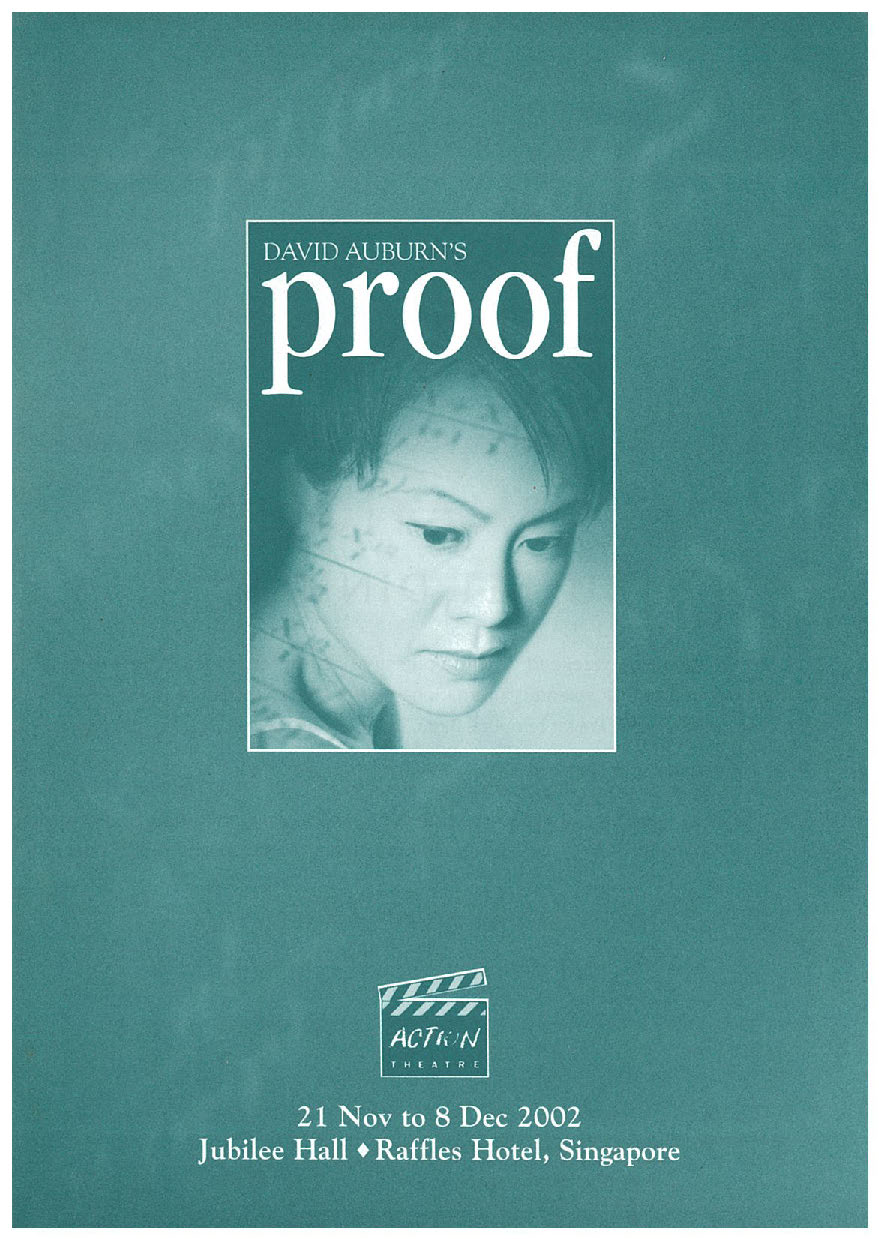Proof started with two ideas. One was about a pair of estranged sisters: what if, after their father's death, they discovered something valuable among his possessions? The other - more of a visual image than anything else - was about a worried young woman: I pictured her sitting up, alone, late at night, afraid that she might be inheriting her father's mental illness.
I didn't know if these ideas belonged in the same play or not, but while looking for a way to put them together I happened to be reading G.H. Hardy's A Mathematician's Apology. It's probably the most famous attempt to explain the pleasures of doing mathematics - and the peculiarities of the mathematician's world - to a lay audience. I realised math could give me a bridge between my two ideas: that a mathematical proof could be at the center of the dispute between the sisters, and a good metaphor inspired by Hardy and the other mathematicians I consulted, I was able to write the play quickly, and had a first draft in under six months.
In the last two years since Proof opened on Broadway, I've seen the play in many productions and, indeed, languages. And the experience of rediscovering the play in different interpretations and with diverse companies of actors, has reminded me of something Hardy wrote about his own, mathematical, work in 1940:
"In a good proof, there is a very high degree of unexpectedness, combined with inevitability and economy. The argument takes so odd and surprising a form; the consequences; but there is no escape from the conclusions."
My thanks, and enjoy the show.
– Davis Auburn
